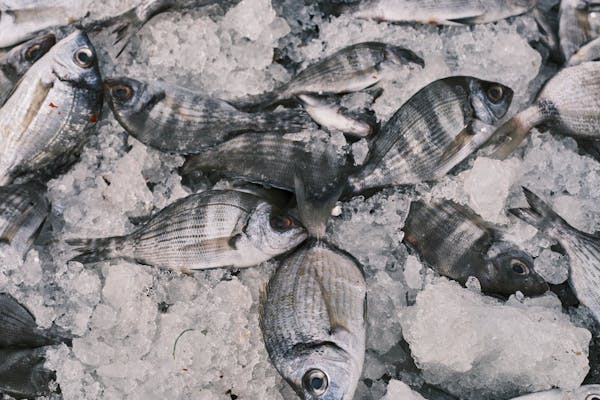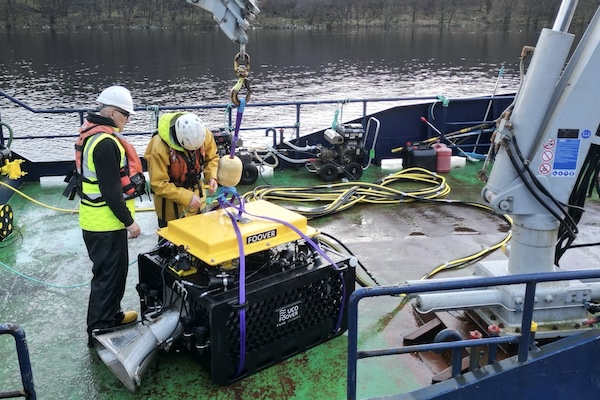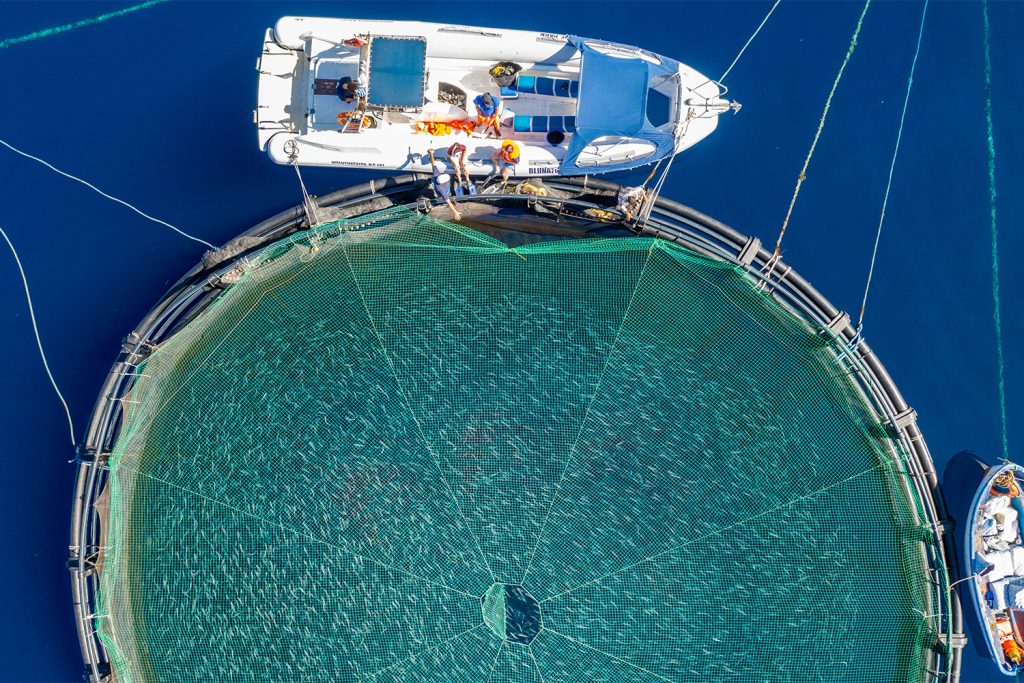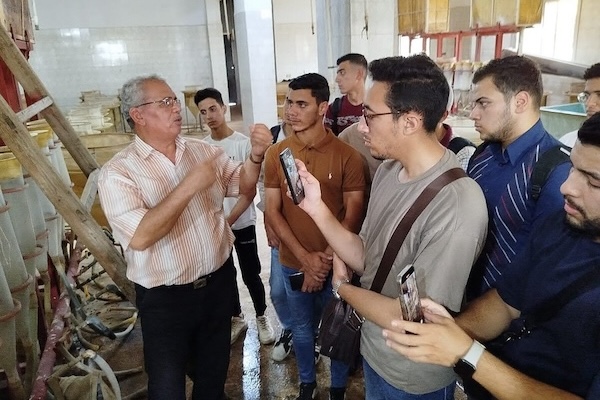The Fish Welfare Initiative hopes to overcome adoption and scalability challenges

The Fish Welfare Initiative (FWI), in collaboration with the NALSAR Animal Law Centre, has launched a multi-phase project to introduce and expand pre-slaughter stunning for farmed fish in India. As part of the first phase, a request for proposals (RFP) is now open, seeking research on key questions surrounding the implementation of stunning practices in the country. Researchers interested in contributing to this foundational work are encouraged to submit their proposals, marking a critical step in improving fish welfare in India’s aquaculture industry.
In India’s aquaculture industry, billions of farmed fish are slaughtered by being pulled from the water and left to asphyxiate – a process that can take hours and is likely painful for the animals. This practice is widespread, with no current alternatives in place for humane slaughter.
Pre-slaughter stunning, a method that renders fish unconscious before killing, is a proven solution in parts of Europe. However, barriers such as lack of consumer demand, limited technology and an informal fish farming sector have made implementing stunning in India challenging – until now.
“We’ve become a little more optimistic,” wrote FWI in a post. “Our broadened research mandate, coupled with the success of our peer organization Shrimp Welfare Project, which demonstrated that stunning can be viable even for species previously thought difficult to stun, has given us the confidence to begin pursuing stunning for these animals.”
The current RFP aims to commission research that answers three foundational questions critical to the project’s success. First, it seeks to identify which stakeholder groups within India’s aquaculture sector are most likely to adopt pre-slaughter stunning technology. Second, the research will explore the economic, logistical, cultural and market-driven factors that could either incentivize or hinder the adoption of stunning practices. Finally, the project will assess the strategies or adjustments necessary to scale stunning technology across the broader industry.
Implementing pre-slaughter stunning in India is challenging, requiring a phased approach that builds on insights at each stage. The current phase focuses on foundational research, with an open RFP to explore key questions around the target population, barriers and scalability of stunning technology. If the research reveals insurmountable obstacles, the project will not proceed. The planned phases are as follows:
- Phase 1: Foundational Research (Current RFP)
Focuses on answering key questions about the target population, barriers, and scalability. If the findings reveal insurmountable challenges, the project will not proceed. - Phase 2: Development of a Theory of Change (TOC) and Target Product Profile (TPP)
If viability is confirmed, this phase will involve creating a TOC to incentivize adoption and defining the characteristics of a suitable stunner for Indian conditions. - Phase 3: Development of Stunning Technology
If the TOC and TPP indicate a viable path forward, stunning equipment will be developed for the Indian context, possibly through another RFP process focused on technology development. - Phase 4: Pilot Testing and Implementation
Suitable technology will be piloted with early adopters to assess its welfare impact and economic feasibility. Further implementation will depend on the success of this phase. - Phase 5: Scaling and Broader Adoption
If pilot testing is successful, the focus will shift to scaling the technology, to eliminate suffocation deaths for farmed fish in India.
The process is expected to take several years, and it’s anticipated that challenges (such as the lack of consumer demand for stunned fish in India) could pose barriers along the way.
“Despite this, we firmly believe that all farmed animals should be spared needless pain before they are killed,” wrote FWI. “We are confident that, in time, the animal agriculture and aquaculture industries will shift in this direction. Even if we do not succeed right now, we hope our work today will help pave the way for that future progress tomorrow.”
Now that you've reached the end of the article ...
… please consider supporting GSA’s mission to advance responsible seafood practices through education, advocacy and third-party assurances. The Advocate aims to document the evolution of responsible seafood practices and share the expansive knowledge of our vast network of contributors.
By becoming a Global Seafood Alliance member, you’re ensuring that all of the pre-competitive work we do through member benefits, resources and events can continue. Individual membership costs just $50 a year.
Not a GSA member? Join us.
Author
Related Posts

Health & Welfare
California bans octopus farming and sales, citing animal welfare concerns
California bans octopus farming and the sale of farmed octopus products, citing animal welfare and environmental sustainability concerns.

Health & Welfare
Partnership aims to boost efficiency and fish welfare through expanded ROV use in salmon farming
Underwater Contracting and Mowi plan to expand ROV use in salmon farming to boost efficiency and fish welfare in aquaculture.

Health & Welfare
Study: 83% of southern Europeans support humane fish slaughter
Most southern Europeans support humane fish slaughter, underscoring the value of animal welfare for Greece’s aquaculture industry.

Health & Welfare
FAI aims to boost fish welfare in Egypt with new partnership
New FAI partnership with CLAR aims to transform Egypt’s fish welfare practices, enhancing tilapia health and industry sustainability.



